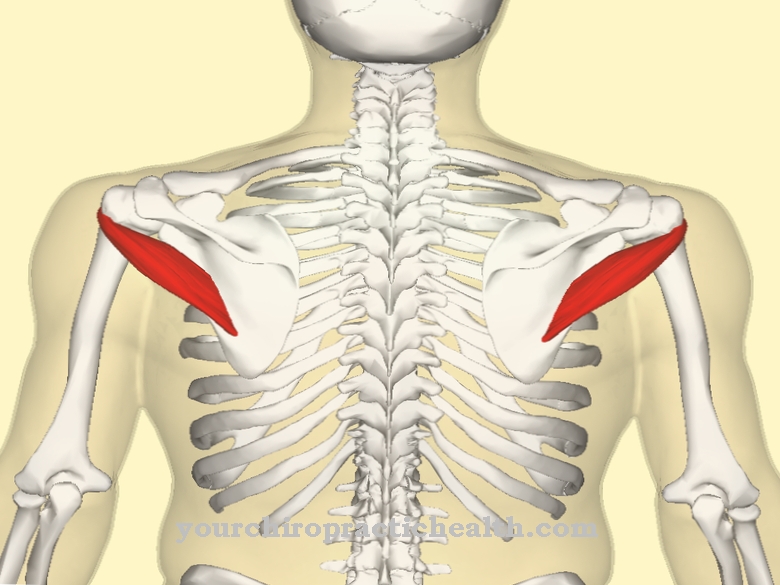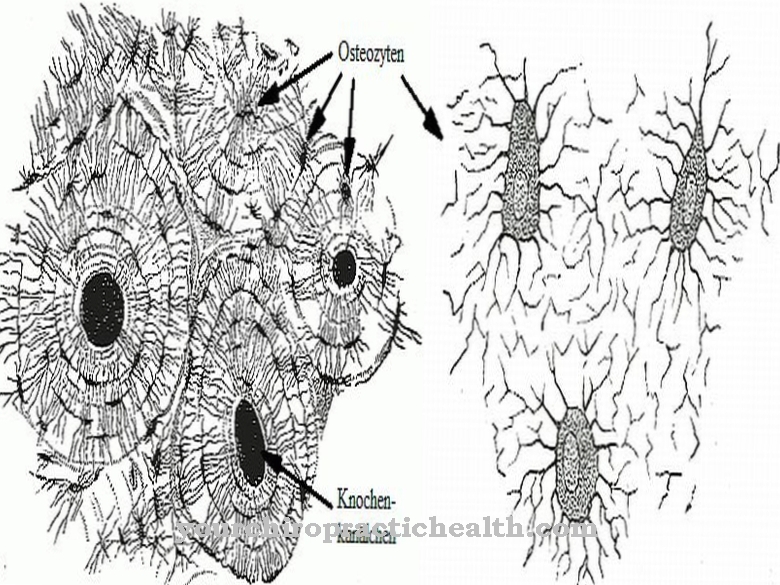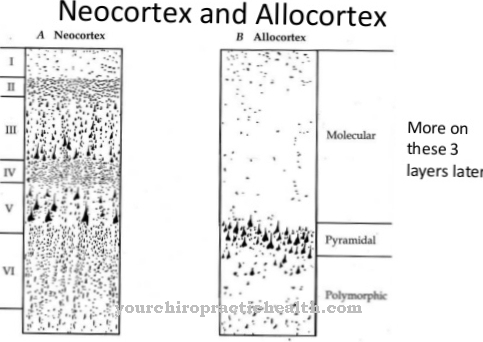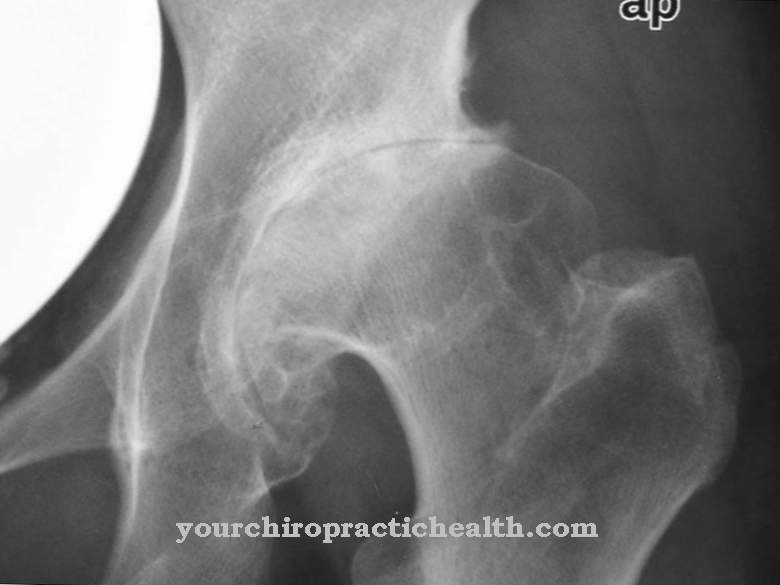The Toes are the end sections of the foot. Typically, each foot has five toes. They support the walking movement.
What are toes
They are the end links of the human foot. The term toe means in Latin Digitus pedis which translated means "finger of the foot". A person usually has ten Toes and thus five on each foot. All toes have nails.Like the fingers, the toes also provide mobility in movement. They allow fine motor movements, which are very important for stabilization when walking. There are different foot shapes that develop in the womb during the first few weeks of pregnancy.
In most cases, the big toe is the longest toe of the foot. In this case one speaks of the Egyptian foot shape, which occurs most frequently with approx. 44 percent. If the second toe is the longest, it is known as the Greek shape. This happens 36 percent of the time. If the toes are almost in line, it is the Roman form, which statistically makes up about 20 percent of cases.
Anatomy & structure
The structure of the toe bones is similar to that of the fingers. They are numbered and labeled as follows: The big toe becomes hallux or Digitus pedis I called. It is located on the inside of the foot on both feet. The other four toes are distributed outwards and are numbered with the Roman numerals II to V. The little toe takes the number V here. His nickname is Digitus. Like the big thumb, the big toe only has two phalanges. These are known as phalanges. The smaller four toes each have three toe links. These are in the basic term (Phalanx proximalis), the middle link (Phalanx media) and the end link (Phalanx distalis) divided. The basic limbs are connected to the metatarsal bones via a joint, called the metatarsal joint or metatarsophalangeal joint.
There is also a joint between each toe. The middle one between the base joint and the middle phalanx is called the proximal interphalangeal joint and that between the middle phalanx and the end phalanx is called the distal interphalangeal joint.
The flexor toe muscles are made up of short and long muscles. The long flexor muscles of the toes are connected to the lower leg and are therefore known as extrinsic muscles because they originate outside of the foot. They have long tendons that stretch behind the inner ankle to the foot and on the sole of the foot to the toes. The short toe flexors are intrinsic muscles and are located in the metatarsus and forefoot.
Although small, the muscles of the foot have to carry heavy loads. The tendons of the long toe flexors carry between 36 and 52 percent of the body weight while walking. The toe flexors coordinate the distribution of the load on the forefoot and the sole of the foot.
Function & tasks
The toes work to allow a wide variety of movement. Their flexibility allows fine motor locomotion, which many sports allow. If the toes move towards the ground, this is called flexion or plantar flexion. When the toes are stretched towards the top of the foot, this is called extension or dorsiflexion. Spreading is called abduction. If you then pull your toes together, this is an adduction.
The big toe is particularly important for stability when running and other movements. It is the end point of the biomechanical movement and ensures that the foot can make a rolling movement that cushions the shock from running. Every acceleration also runs over this part of the body, because its pushing off from the ground means a redirection of the energy, which leads to an increase in speed.
The interplay of muscles, tendons and joints enables complex movement sequences that are unthinkable without the toes and especially the large ones. This applies not only to running, but also to dancing, hopping and typing.
Illnesses & ailments
Regular wearing of too tight shoes can cause not only blisters but also corns. The pressure keratinizes the skin, which can develop into a horned cone. If this presses on the bone, it is extremely painful. Special patches or solutions containing salicylic can help. It is also advisable to wear other, i.e. additional, shoes.
If a toe bends permanently in the form of a claw, this is called a hammer toe. The metatarsophalangeal joint is overstretched. The foot muscles change in an unhealthy way, mainly through incorrect footwear such as high heels. Physiotherapy in conjunction with other shoes usually helps. In severe cases, surgical correction must be carried out.
With an ingrown toenail, the edge of the nail drills into the nail fold. This is particularly common with the big toe. It is caused by shoes that are too tight or by incorrectly clipping the toenails. The result is toe pain caused by inflammation. Warm foot baths in soapy water can soften the nail and reduce the inflammation.
If there is no improvement, surgical intervention is necessary. Here the doctor cuts a piece of the nail from the toe after a local anesthetic and cleans the wound. In order to promote the healing process, the foot must not be loaded for three days after the operation.













.jpg)

.jpg)
.jpg)











.jpg)